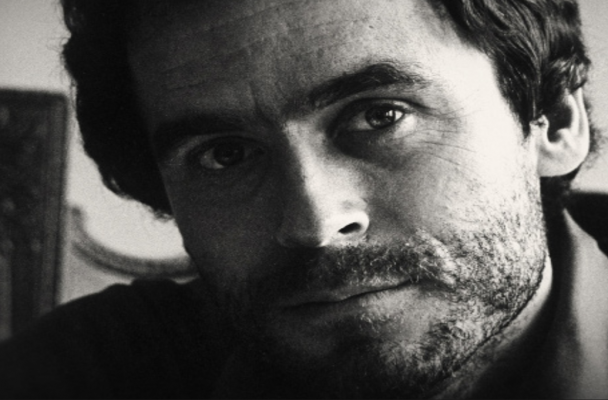Netflix fails to add anything new to the Ted Bundy Story

By Jack Murphy// A&E Editor
Thirty years after notorious serial killer Ted Bundy was executed in a Florida State Prison, Netflix releases a four-hour documentary series about Bundy featuring tape recordings of Bundy himself. This is the latest documentary from Netflix about a murderer and this entry features, easily, their most famous culprit. Ted Bundy is one of the most notorious serial killers of all time, as he confessed to killing thirty-five young women across six states from 1973-1978.
Going into this documentary, I knew very little about Ted Bundy and was interested, not only because they had thousands of hours of recorded interviews with Bundy, but because Netflix came out addressing people not to watch the series alone. To see if they were telling the truth, I sat down and watched all four hours by myself to see if their warnings had any merit. After finishing the series, the only thing having someone else with me would’ve done was keep me awake.
Ted Bundy was unlike every other mass serial killer because he was had studied psychology while he was in college, worked with the police and knew their shortcomings, represented himself in all of his trials, as he was a law student, and was a charismatic narcissistic who many found attractive. He even had supporters during his first couple of trials. That is one of the things this series gets right, as it does an outstanding job going over Bundy’s confidence, ego, and narcissism throughout all four episodes. The series also reveals new footage along with the tapes to add to the story, which is always a plus to a documentary. Bundy was also a pathological liar. The documentary shows tons of evidence and examples of Bundy lying, whether about his childhood or the crimes he was convicted of.
However, the documentary fails at going deeper into the lives of most of the women that Bundy murdered. Only a handful get about two-five minutes of backstory, which does a great disservice to the families of those affected by Bundy. Most of the time, the series would just say the victim’s name, where she was kidnapped, show a picture of her, her age, and then move on. The series was also, surprisingly, tame as it could’ve explained more of Bundy’s actions during his killings and what he did with the bodies. Obviously, no one wants to see that, including me, but if they had, the series would’ve let a more impactful imprint among its audience.
While there are many exciting aspects to this documentary, it’s incredibly slow and boring sixty-five percent of the time, the first episode alone is hard to get through. While it does pick up as it goes along and the story of Bundy is interesting on its own, the pacing could’ve been drastically improved on.
Finally, Ted Bundy barely reveals anything about his actions on the tapes used throughout the series, as at the time, he was still pleading his innocence. As such, Bundy keeps moving past the most interesting subject at hand and talks about his upbringing and personality instead. While he does discuss in the third person what the “killer” of these crimes would’ve been thinking and how he would’ve done things, he doesn’t address anything of crucial facts until the final twenty minutes of the last episode.
Overall, “Conversations With A Killer: The Ted Bundy Tapes” is a semi-tame take on the life of Ted Bundy that avoids going into the lives of the women he murdered. The tapes and the unreleased footage are a very nice piece to the documentary, but in the end, it’s a very boring and disappointing documentary that had all the potential in the world. I’m gonna give “Conversations with A Killer: The Ted Bundy Tapes” a three out of ten, as the tapes were still fascinating and the story itself is intriguing, but they’re not enough for me to recommend anyone to sit down and watch.
“Conversations With A Killer: The Ted Bundy Tapes” was released on Jan. 24.
Photo Provided by Netflix